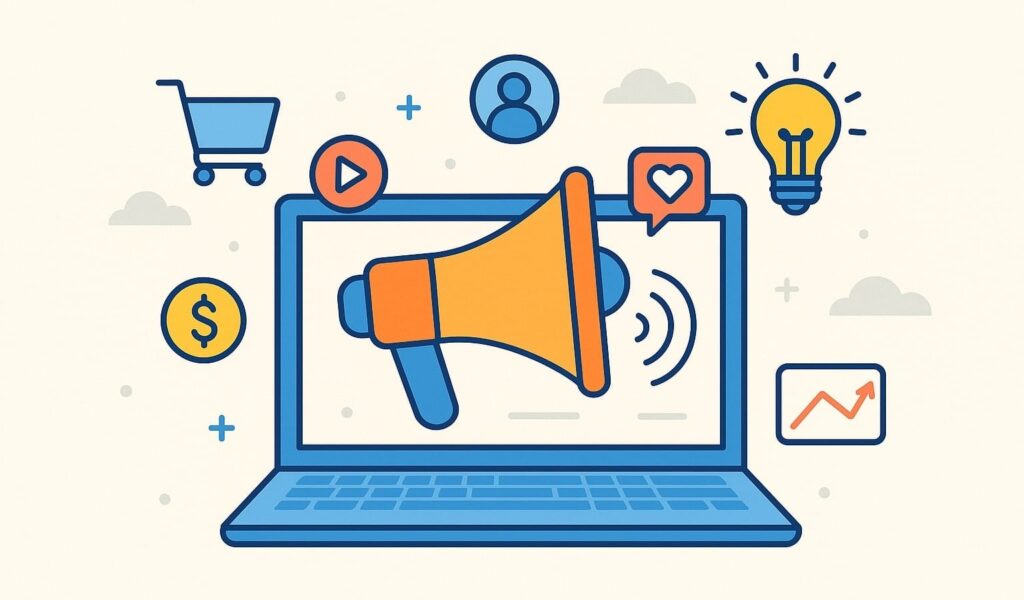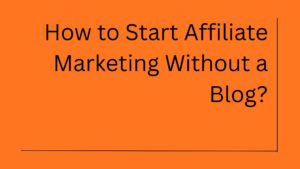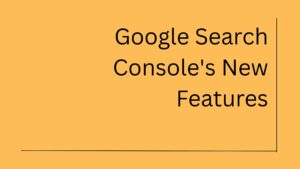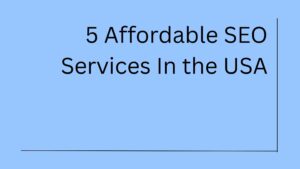TL;DR – 5 Proven Ways to Market a Digital Product
- Start with the audience. Build trust long before you launch.
- Let content do the heavy lifting. Educate, solve, attract, then convert.
- Partner with real people. Influencers and micro-collaborators spread belief.
- Craft a killer landing page. It’s your final pitch, make it work.
- Turn your launch into a story. Build momentum, not just a moment.
We cannot hide it anymore, digital products are everywhere.
From eBooks and online courses to SaaS tools, design templates, and mobile apps, the internet is a marketplace buzzing with them. But while creating a digital product is a major win, getting it into people’s hands (or screens) is a whole different beast. The truth is, you could have the best digital product in the world and still struggle to sell even one copy if you don’t market it right.
So the real question isn’t just “How do I make a digital product?”
It’s: “How do I market one(digital product) that actually sells?”
The answer lies in a combination of strategic thinking, audience empathy, smart distribution, and a willingness to test, tweak, and experiment. You don’t need a huge team or a fat marketing budget. But you do need a plan, and it has to be good.
Below, we’re breaking down 5 proven ways to market your digital product that work in the coming years and beyond. And no fluff, just practical methods with a realistic voice.
Five Best Ways to Market a Digital Product – Answered your “Hows”
1. Build an Audience First, Not After
Most creators make the same mistake: they build the product first, then look around wondering who might buy it.
That’s backward.
Start with the audience. In fact, if you already have one, you’re halfway there. The smartest digital entrepreneurs in the world spend months, sometimes years, building a loyal following before they even launch. Why? Because they understand that people buy from people they trust. Period.
So how do you build that audience?
- Pick a niche. Not everyone is your customer. Be brutally specific.
- Create free content. Start a YouTube channel, blog, podcast, or even a newsletter. Focus on problems your digital product solves.
- Show up consistently. Not once a week. Daily, if possible. Social media is hungry.
- Engage like a human. Reply to comments. Ask questions. Be interested.
Let’s be clear, this part takes time. But when you launch your product, and there are already people listening, watching, and nodding along? That’s when the magic happens.
Oh, and by the way, you don’t need a massive following. Even 1,000 truly engaged fans can make a product fly.
2. Use Content as Your Main Distribution Engine
Here’s the deal: Ads work. But they’re expensive. Especially when you’re just starting out and every dollar feels like a decision between a test campaign and groceries.
That’s why content marketing is your best friend.
Think of every piece of content as a breadcrumb that leads back to your product. The goal? Get people discovering your content, trusting your voice, and realizing they need what you offer.
Types of content that convert:
- Tutorial blog posts: Teach a concept and then link to your product as the natural next step.
- YouTube videos: Explain problems. Walk through solutions. End with your product as the shortcut.
- Case studies and use cases: Real stories resonate. Show how your digital product helped someone (even if that someone is you).
- Freebies and lead magnets: Give away something valuable in exchange for an email. Then nurture that email until they’re ready to buy.
The trick here is consistency. One article won’t move the needle. Ten might. A hundred? Now we’re talking.
And no, content marketing isn’t instant. But it snowballs. If you’re patient, six months from now, it might just be your #1 traffic source. Not convinced? There are many content marketing examples you can check and go wow.
3. Leverage Influencers and Micro-Collaborators
Okay, “influencer marketing” might feel like a buzzword you’ve heard too many times. But here’s the thing: it works. Not because influencers are magical, but because people trust other people, especially ones they admire or relate to.
Now, you don’t have to land a mega-celebrity to make this work.
In fact, micro-influencers (think 5K–50K followers) often have better engagement and stronger credibility with niche audiences. These are creators who already talk to the people you want to reach, and their followers listen.
Here’s how to make it work:
- Find relevant voices. If your product is for designers, target design influencers. Productivity app? Look for creators in that niche.
- Offer value. Give them free access to your product. Ask for honest feedback. If they like it, a mention might follow naturally.
- Create affiliate deals. Offer a small commission for each sale they generate. Make it worth their while.
Want to push it further? Collaborate.
Instead of paying for a one-off shoutout, work together on a co-branded piece of content. Maybe a joint workshop, Instagram Live, or blog series. When done right, it’s not just marketing, it’s relationship-building.
4. Nail Your Landing Page Like It’s the Product
This one’s underestimated. A lot.
You could have the smartest ad strategy, the greatest free content, or the most charismatic influencer hyping you up, but if your landing page falls flat, conversions will tank.
Because when people finally land on your page, that’s the moment they’re asking: “Is this what I need?”
And they’ll decide in seconds.
So don’t just treat your landing page like a formality. Treat it like your storefront, pitch deck, and sales rep all rolled into one.
A few essentials your landing page needs:
- A clear, benefit-driven headline. Not features. Not fluff. What’s in it for them?
- A subheadline that builds curiosity. Add depth. Tease the transformation.
- Bulletproof copy. Speak their language. Address objections. Guide them toward action.
- Testimonials or proof. Show others have bought in and are glad they did.
- An irresistible CTA. “Buy now” works. “Start changing your workflow today”? Better.
Bonus: Add video if you can. A short 60-second walkthrough or behind-the-scenes can humanize your product instantly.
Remember, your landing page is part of your marketing. Don’t outsource it blindly. Don’t skip over it.
5. Create a Launch Strategy that Feels Like an Event
Too many creators “launch” quietly.
They hit publish, post a tweet, maybe write a blog, and then wait. And wait. And… silence.
But what if your product launch felt like an event? Something people were genuinely excited about, something they couldn’t ignore even if they wanted to?
That’s what great marketers do. They create momentum.
Here’s how to make your launch matter:
- Build hype early. Share sneak peeks, tease features, and involve your audience in the creation process.
- Start a waitlist. Give early subscribers something exclusive discounts, early access, or bonus content.
- Set a date and countdown. Scarcity is powerful. A ticking clock changes how people behave.
- Use email strategically. Don’t just blast a link. Nurture your list leading up to the launch. Build anticipation.
- Offer limited-time bonuses. Whether it’s a bundled course, extra resource, or community access, give people a reason to act now.
One more thing: follow up after launch. Most sales don’t happen on day one. Keep the conversation going. Tweak your offer. Respond to feedback. Optimize.
A product launch doesn’t end on launch day. It begins.
Conclusion – Marketing a Digital Product Isn’t Just Strategy, It’s Storytelling
Let’s not overcomplicate it. Marketing a digital product isn’t about using every tool, every platform, or copying what the big players are doing.
It’s about knowing who you’re speaking to and why your product matters to them.
Because ultimately, marketing is storytelling. Your audience has a problem, a desire, or a goal. Your product is the guide that gets them closer to solving it.
So frame your message that way. Don’t sell a PDF. Sell the result it brings. Don’t push a course. Show how it unlocks new opportunities.
And above all: test, adjust, refine.
You might not get everything right the first time. You probably won’t. But each step is a lesson. Each tweak brings clarity.
If you’re willing to keep learning, keep listening, and keep showing up, your digital product won’t just be something you made.
It’ll be something people talk about, share, and genuinely benefit from.
And honestly? That’s the best kind of marketing there is.






3 thoughts on “How to Market a Digital Product? 5 Proven Ways to Follow”
Wonderful blog post. Lots of useful info here Im sending it to a few friends and additionally sharing in delicious And obviously, thanks to your effort in bringing new perspective in promoting digital products.
The blog matches every single intent of the reader. I’m from the Gulf. It did for me, so do it for all. Thanks for understanding the right way out about marketing.
Pretty! This has been a really wonderful post. Many thanks for providing these product marketing-related details.